A step forward: Analysis of progress in reducing monetary poverty in Colombia / Ricardo Ávila

Andrés Ricardo Benítez proudly shares how he's progressed recently after leaving behind a past marked by hardship. A resident of the San Fernando neighborhood of Cartagena, this civil engineering foreman says, "Thanks to having a decent, stable job in construction, my life has changed 100 percent."
Her case is not unique, judging by the report released Thursday by DANE on the evolution of monetary poverty in Colombia. According to the agency , the incidence of this scourge decreased by almost three percentage points in the most recent measurement year compared to the previous period, reaching 31.8 percent in 2024.
In this regard, Gustavo Petro commented on his X account that "we have reduced the percentage of the population living in poverty to the lowest level in statistical history since 2012." According to the president's accounts, nearly 2.6 million people have been lifted out of poverty compared to the previous administration.
What has happened is no small feat, especially considering the setbacks caused by the pandemic. Mandatory lockdowns hit urban households particularly hard, those who derive their daily sustenance from activities that tend to be informal, such as street vending, causing the proportion of poor people to rise to more than 43 percent.
Now the gap has more than recovered. At first glance, the country is in better shape than before the outbreak of COVID-19, although experts disagree on whether the current and past figures are comparable.
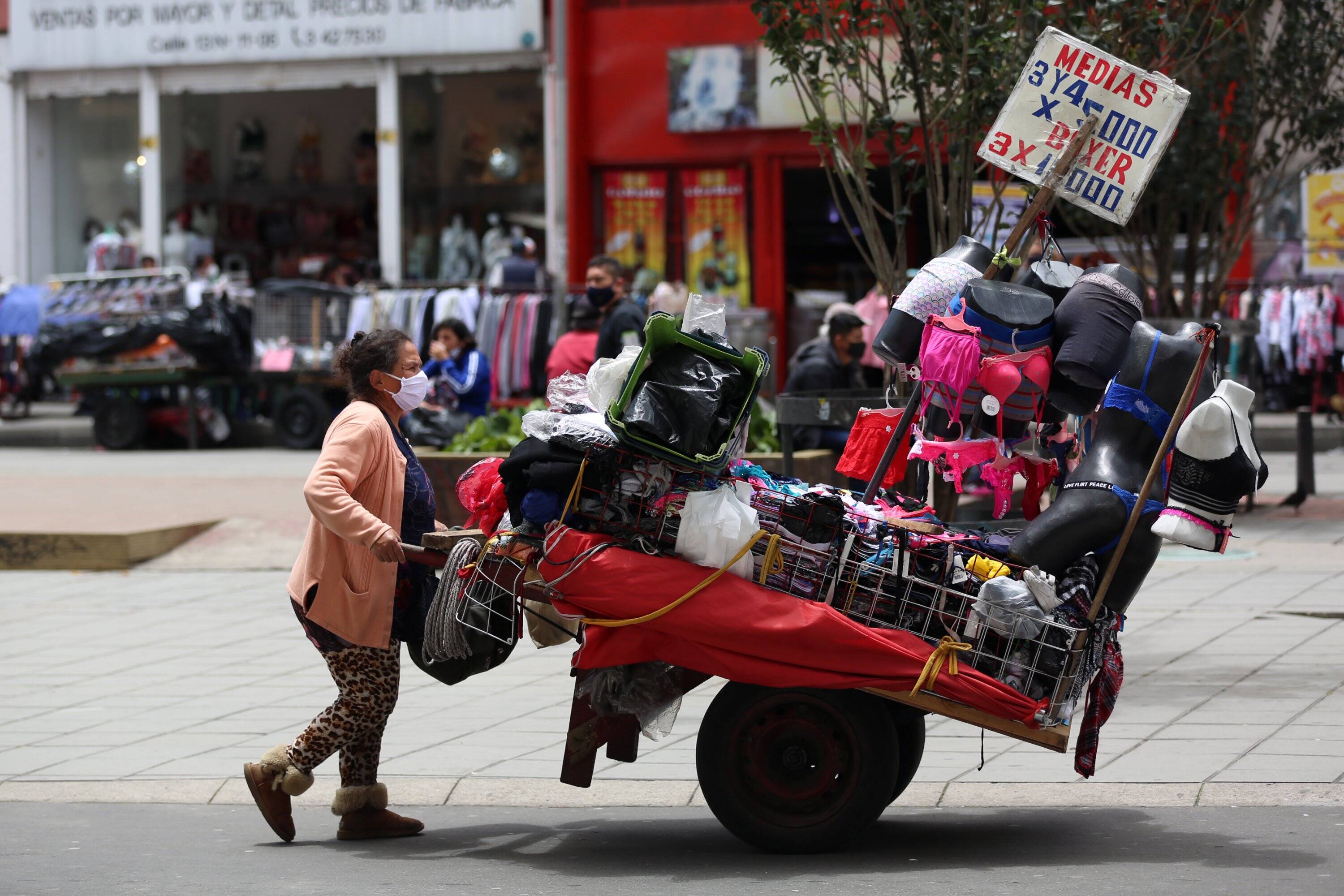
Millions of Colombians live off the so-called "rebusque" (farming) as a means of subsistence. Photo: César Melgarejo. EL TIEMPO
"The series published by DANE is not consistent, given that methodological adjustments were made starting in 2020," warns Jairo Núñez, an associate researcher at Fedesarrollo. "These changes include the incorporation of household subsidies from administrative records of social programs and amounts derived from the Pila (Integrated Contribution Settlement Form)," explains the expert.
Beyond this debate, when it comes to international rankings, Colombia continues to lag behind the Latin American average. According to ECLAC, the poverty rate in the region stood at 26.8 percent last year, five percentage points below ours. Meanwhile, Chile and Uruguay—with rates below 10 percent—exhibit a reality the envy of the rest of South America.
Addition and subtraction As is the case every time this type of data is released, a discussion arises about the definitions used. In the case of DANE, the first step is to draw the poverty line, which is "the minimum per capita cost of a basket of goods and services (food and non-food) in a given geographic area." This requires careful field measurements and statistical analysis.
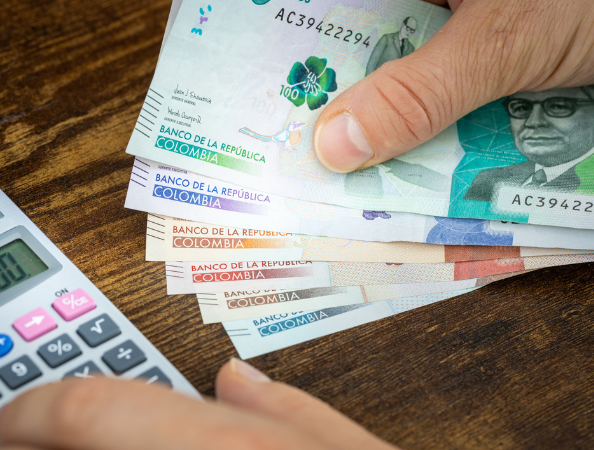
A family of four with a combined monthly income of less than $1.84 million is considered poor. Photo: iStock
Based on this concept, the national poverty line was determined to be 460,198 pesos per person in 2024. For a family of four, a combined monthly income of less than 1.84 million pesos is considered poor during that period.
However, the criteria depend on where one lives. For example, in the thirteen largest cities, the limit is 2.26 million pesos per family of four (about one and a half minimum wages, including transportation assistance), while in rural areas it rises to 1.17 million. Back to the reality of construction foreman Benítez, having joined a construction company with a stable job meant he was no longer poor.
This example confirms what those who study the subject have known from the beginning: the best remedy for reducing poverty is the creation of formal employment. Thus, employment status accounts for more than three-quarters of the progress in this area, while aid—including public assistance—plays a relatively minor role.
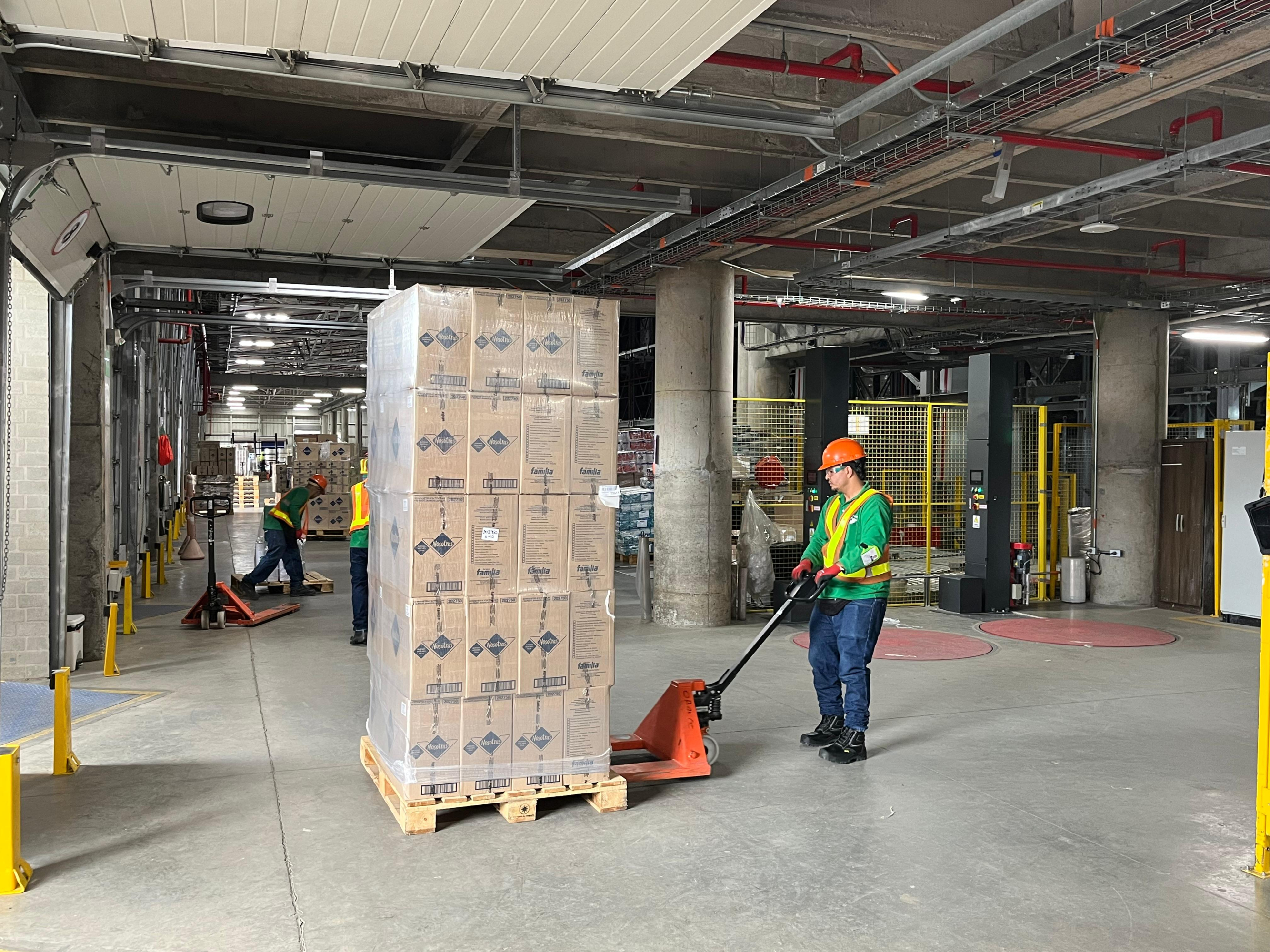
Colombian worker Photo: Carlos Arturo García M.
That's not to say such support is insignificant. For Fanny Quinayas, who lives in the Los Mártires neighborhood of Bogotá and cares for her disabled husband, the 181,000 pesos she receives each month from the Capital District make all the difference. "One has to be grateful," she says.
There is no doubt that growth, at least acceptable, is an essential condition for ensuring a reduction in poverty. In this regard, the Colombian economy has been developing favorably, thanks to the strength of domestic consumption, although it hasn't reached stellar levels. Even so, the employed population has increased and unemployment is decreasing, which is not negligible.
Aside from the above, there is the drop in inflation rates to levels close to five percent annually. This factor is not only felt in families' purchasing power, but also determines that the poverty line is rising more moderately. "When it comes to giving credit, what the Bank of the Republic has achieved in moderating the pace of price increases also deserves recognition," says Jorge Restrepo, a professor at Javeriana University.
Other factors come into play. For example, high international prices for coffee and gold have been instrumental in increasing the income of coffee growers and those who extract the yellow metal informally. Some analysts maintain that there is also more silver in coca-growing areas, due to the increase in planted area and larger harvests.
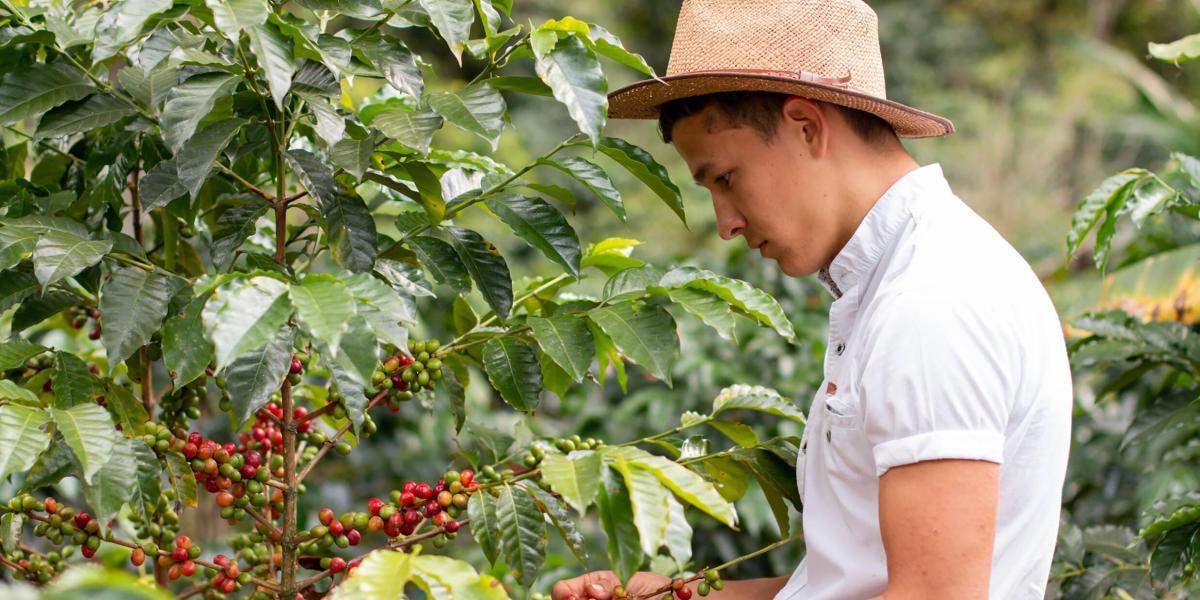
Coffee growers in Colombia Photo: iStock
Special mention should be made of the remittances sent by Colombians living abroad, which amounted to $11.848 billion last year. These nearly $50 billion pesos, distributed in small transfers concentrated in departments such as Valle, Risaralda, Quindío, Antioquia, and Cundinamarca, are crucial for hundreds of thousands of households.
These circumstances have likely led to a slight improvement in income distribution in 2024. However, the calculation of the Gini coefficient—which is used to measure inequality—suggests that Colombia has a long way to go in this area and that its recent performance has been weak.
Different realities Be that as it may, specialists agree that poverty has decreased, which is excellent news. Perhaps the most disturbing issue is that progress is less evident regarding extreme poverty, whose threshold is determined by the minimum per capita cost of a food basket (908,880 pesos per month for a family of four is the national average).
Although the number dropped to 11.7 percent in 2024, it is not only worse than the Latin American average but also exceeds the levels observed before the arrival of COVID-19, disregarding the academic doubts that arise when comparing the figures. Clearly, the problem is concentrated in rural areas, where just over one in five inhabitants lives in extreme poverty, a proportion that has not changed much in recent times and is two and a half times that of the capital cities.
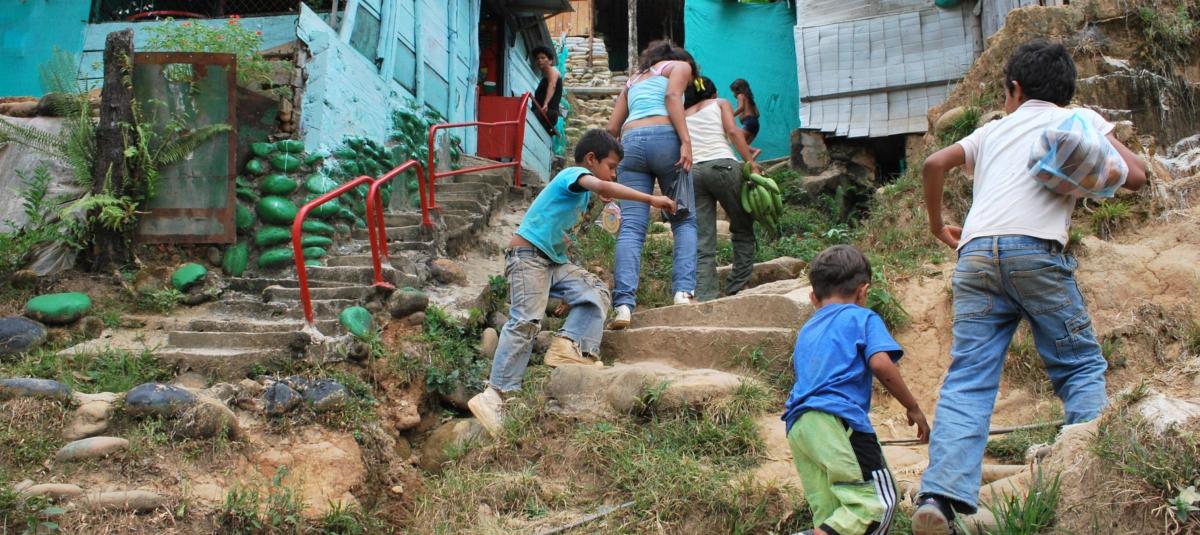
It's clear that not everyone who lives off the land has reason to celebrate. Photo: Oscar Bernal / EL TIEMPO
The disparities between cities and rural areas are nothing new, although this time it's striking that so little progress has been made, even though closing these gaps is one of the core objectives of the current development plan. While the agricultural sector as a whole has fared well in recent years, it's clear that not everyone who makes a living off the land has reason to celebrate.
Nor have those at the bottom of the pyramid fared particularly well in the national context. A look at the evolution of real income by quintile shows that the lowest increase of all in 2024 corresponded to the poorest 20 percent (3.9 percent). In contrast, for those in the middle—quintile three—the increase was 5.9 percent, with the labor component ultimately being decisive.
Much of this relative slowdown is related to the performance of institutional aid. For Jairo Núñez of Fedesarrollo, "the direct effect of the government through subsidies has been negative, due to the cuts the current administration has implemented in these social programs."
On the other hand, the vast inequalities that characterize Colombia are observed at the regional level. The road distance between Quibdó and Manizales is 311 kilometers, but while poverty in the capital of Chocó rises to almost 60 percent, in Caldas it is below 17 percent.
The government's direct impact through subsidies has been negative, due to the cuts the current administration has implemented in these social programs.
Between these two extremes lies a landscape full of light and shade. Although it still exceeds the national average, Neiva experienced a drop of more than seven percentage points in its poverty rate, perhaps due to the good coffee season (Huila is the leading producer of the bean). In contrast, Riohacha has regressed, while Barranquilla has stagnated, after a series of significant improvements so far this century.
Here comes the discussion of what local governments can do with the tools at hand. This issue is crucial, among other things, because much of the monetary support from the nation has been substantially reduced in the largest cities.
Due to its size, the most significant case is Bogotá, where poverty decreased by 4.6 percentage points in 2024 (from a quarter to a fifth of the population), equivalent to 352,000 fewer people living in poverty. This figure is equivalent to 28 percent of the national decline.
According to Roberto Angulo, the District's Secretary of Social Integration, what happened is a consequence of three main factors: "The capital's economy entered a path of recovery and surpassed the national average last year; inflation fell by almost four percentage points ; and monetary transfers from district coffers were key to reducing poverty in general and extreme poverty in particular."
Regarding this last aspect, the official highlights the increase in coverage that has benefited a much larger number of households, with an emphasis on the most vulnerable. "Efficiency, equity, and choice are the principles that guided the redesign of our efforts," he emphasizes.
These achievements deserve to be examined by those responsible for combating poverty, in order to consolidate and continue recent progress. In this regard, a climate of cooperation between the Executive Branch and municipal governments would be desirable.
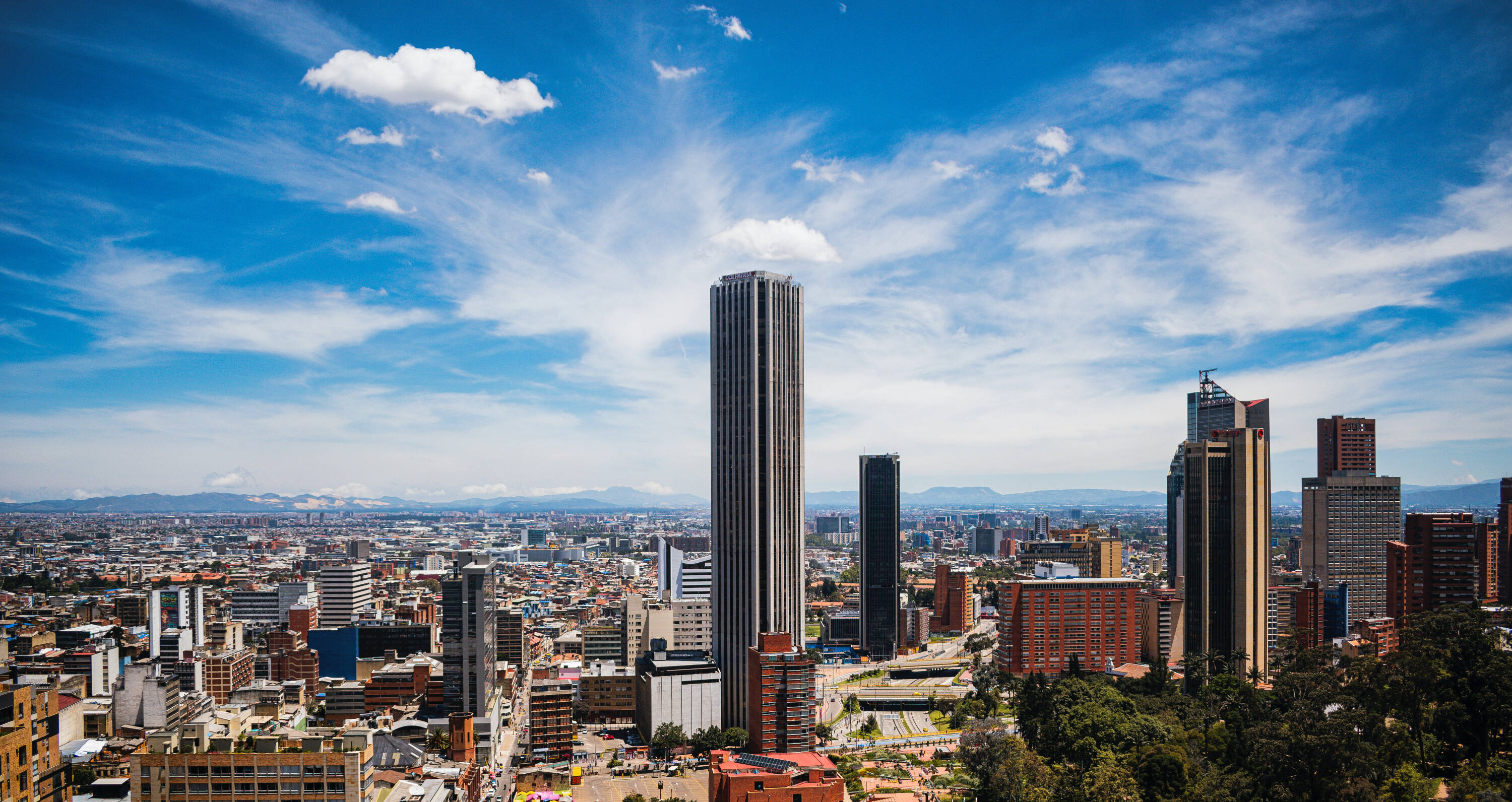
Cash transfers from district coffers are key to reducing poverty. Photo: Private Archive
Sadly, reality shows otherwise. The animosity between the Nariño House of Representatives and many local leaders makes communication and the implementation of coordinated strategies difficult. Mutual distrust tends to be a constant, and even more so now that the election season is approaching.
Therefore, we must not become complacent when assessing the evolution of poverty. The progress made is positive, but Colombia continues to lag behind its Latin American peers and remains one of the most unequal societies on the planet.
Correcting disparities requires not only sound public policy and adequate resources, but also understanding between authorities and the participation of the private sector, which is essential for creating formal jobs. The challenge lies in "pulling together," as Angulo says. This means fostering virtuous cycles in which investment opportunities materialize, productivity increases, the health of state finances improves, and domestic demand strengthens.
Only in this way can the dream of a Colombia where poverty is a rarity, not a constant, become a reality. Others have achieved it. Therefore, there are no valid reasons to claim that this utopia, in our case, is unattainable.
eltiempo





